We’ve been reading a lot of books and asking a lot of people about the Maya since we first got here. And we’ve been learning a lot about Mayan religion, ceremonies, and rites that are still in practice today. Their culture, beliefs, and folklore is what makes Mayan traditions so unique.
I must say the amount of fascination we have for this culture started way back on our first trip to Tulum a year and a half ago and has only grown since. In fact, it’s one of the reasons we wanted to travel here in the first place. That growing fascination has transformed into a real sense of gratitude, reverence, and love for the Maya because of how genuinely kind and welcoming they are. Their way of life is simply beautiful and joyous.
Hanal Pixán – Maya’s Day of the Dead
Now that Hanal Pixán is around the corner, the Maya version of Day of the Dead, we are in even more awe. Here in Merida – alters have been going up around the city, streets, and parks. Different festivities are happening every night leading up to the main three-day celebration which begins on October 31st with Paseo de las Animas or “Walk of the Souls,” a parade that goes from the General Cemetery to Parque de San Juan.

What is Mexico’s Day of the Dead?
The Day of the Dead (or Día de los Muertos) in Mexico is a holiday typically celebrated in the Central and South regions, and by people of Mexican heritage.
The multi-day holiday focuses on gatherings of family and friends to pray for and remember friends and family members who have died, and help support their spiritual journey.

Before the colonization of the Spanish, Día de Muertos was celebrated at the beginning of summer. After the Spanish, the holiday was aligned with the Catholic holiday All Souls’ Day or All Saints’ Day.
During the celebration alters are created to honor the deceased with their favorite food, drink, and items laid in the altar to celebrate their lives.
“The living are made of nothing but flaws. The dead, with each passing day in the afterlife, become more and more impeccable to those who remain earthbound”
-Anna Godbersen
Hanal Pixán: Food for the Souls
The tradition Hanal Pixán in the Yucatan is similar to Dia de los Muertos (the Day of the Dead) in the rest of Mexico, except it has certain Maya touches that are unique to the region. Similar to the rest of Mexico the celebration literally means “Food for the Souls”. By placing the foods and drinks like a feast on an altar along with other objects and tokens of love like candles, incense, flowers (marigolds), crosses, saints, sweets, and photographs of them, the deceased loved ones are ushered home to eat and be loved by their family. Prayers, talking and catching up over the past year are moments held between the living and dead.

Facing Death Can Be Uncomfortable
I think as westerners growing up in the USA, we tend not to think of death unless we have to. To think of death is scary and certainly, that is a very natural thing to fear. But what I am so impressed by is the comfortable and even joyous attitude in which death is treated with here. To the Maya, it’s not the end of life, it’s the next chapter of life. Death takes on a new and different meaning then. To die doesn’t mean to cease to exist. It means your soul leaves your body and goes to another place, another realm – whether you believe that is the underworld, heaven or rebirth depends on who you’re talking to.
The tradition of staying in touch with your ancestors, your deceased loved ones, is powerful and beautiful. To not turn your face from death, but to celebrate the life and the soul of the one you loved is quite possibly the greatest form of love there could be.
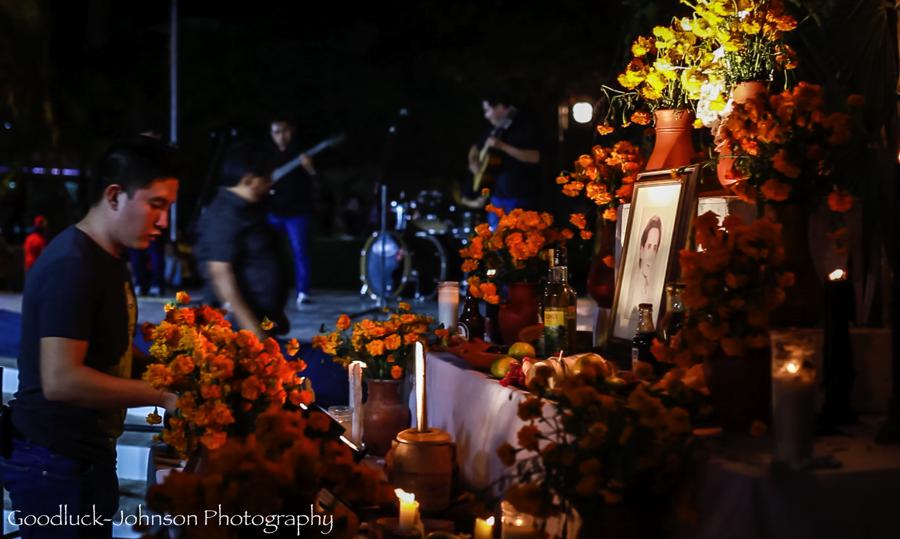
El Pip and Mucbipollo – Traditional Food
One of the unique, traditional Maya dishes prepared in the Yucatan on November 1st is “Mucbipollo” literally meaning “buried baked chicken” – a combination of Maya and Spanish words. A large chicken tamale in the shape of a cake is prepared in banana leaves and cooked in an underground oven called a “Pib.” The act of cooking the Mucbipollo in an underground oven is very symbolic – akin to burying the dead. HERE is a beautiful rendition of mucbipollo being made in the short film “El Pib.”
Tomorrow, we will go to a Maya village 30 minutes outside Merida to witness and film the special pib preparation with a local friend of ours, Mauricio who owns the company Tags, a handmade Maya artisan shoe store here in Merida.

What Happens at the Three-Day Festival of Hanal Pixán?
Before the three-day festival of Hanal Pixán begins, families clean their houses getting ready to welcome home their deceased loved ones. Animals are tied up so not to startle them. Alters are set up and graves are decorated.
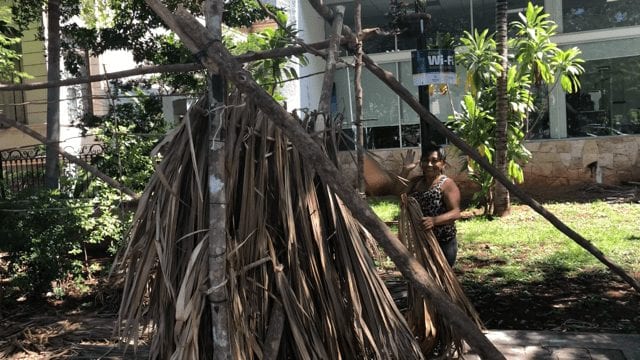
Three-Day Festival
- Begins on October 31st when traditionally the souls of the children who have died come and are honored with special offerings like toys, sweets, and candy.
- On November 1st, the souls of the adults come and are honored with different offerings like their favorite alcoholic beverages, tobacco, and spicy foods.
- On the last day, November 2nd a special mass is held for all the souls of the dead, to help them depart back to their resting places with a path of candles.
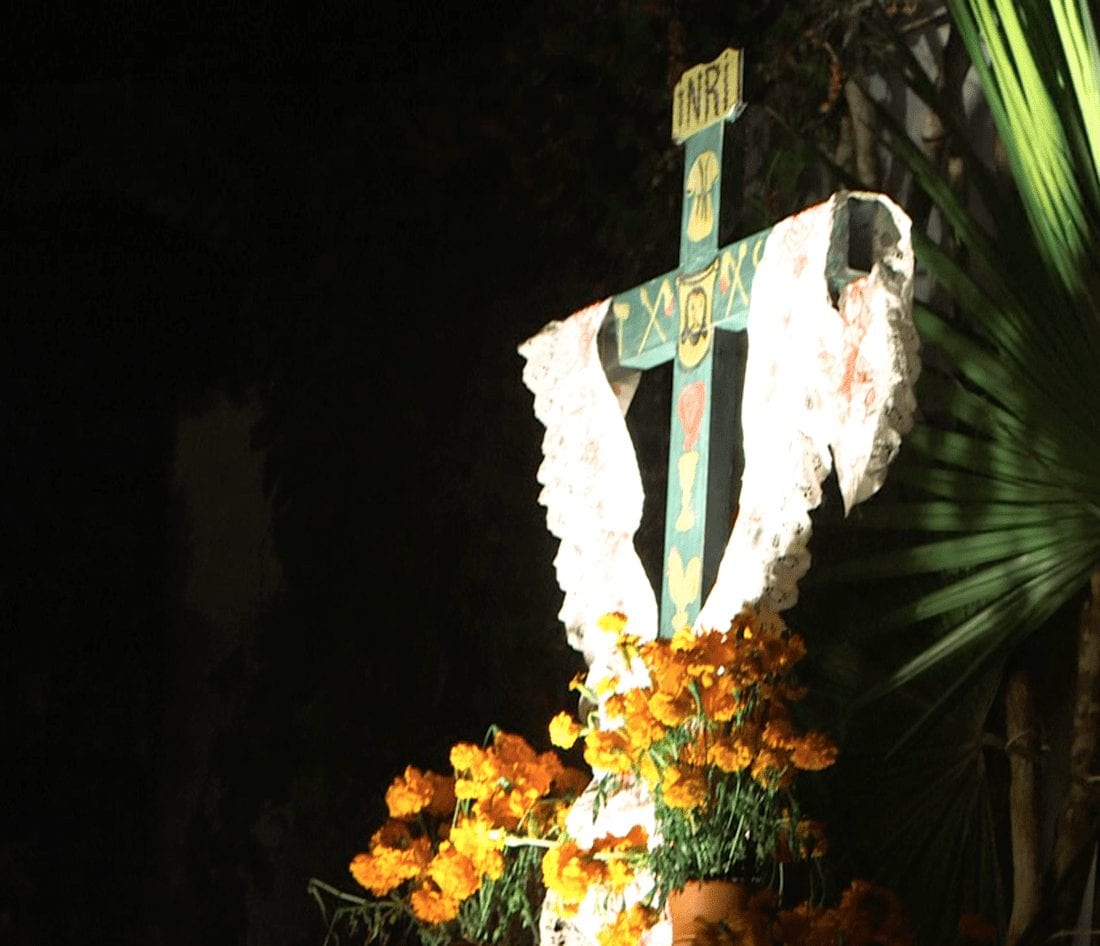

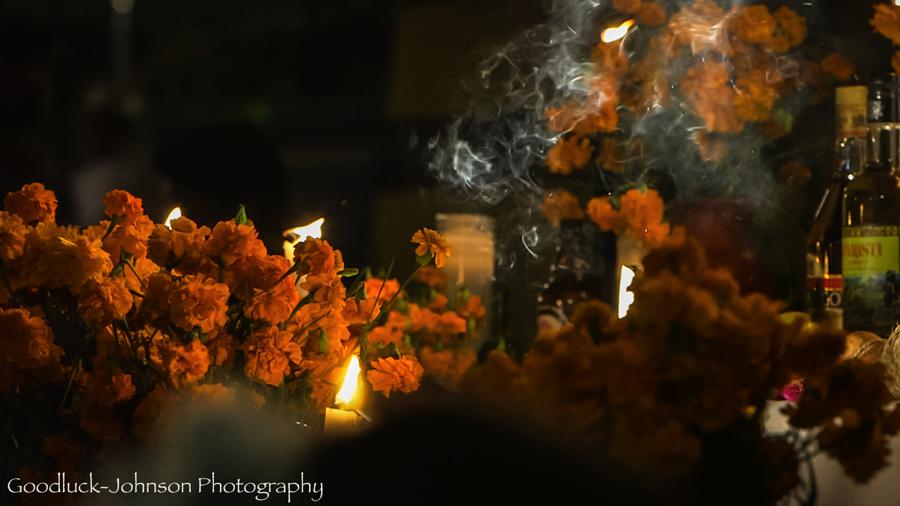
Bone Cleaning in Pamuch
In the town of Pamuch, the Maya take it even a step further. They carefully and lovingly clean the bones of the dead each year, with small brushes, and only after 3 years of death. Then they present the bones in a small box like dwelling in the graveyard. The bones are placed inside special handwoven and embroidered white linens. You can read more about that HERE.
The Blending of Two Cultures
It’s not certain when this tradition of bone cleaning began, but it is believed to have been going on since pre-hispanic times and is passed down from generation to generation. According to anthropologists, it comes from an ancient Maya history of keeping the bones of ancestors close by burying them under the family’s house or in the backyard. The rituals and traditions of Hanal Pixán are a perfect example of the blending of two worlds – the Maya and the Catholic Spanish, creating a beautiful tapestry stitched together through the passing of time.
Leading up to the Hanal Pixán in Merida
In Merida, the celebrations leading up to Hanal Pixán happen every night for a week around town. Here are a couple of events we got to see this past week, below!

La Calavera Catrina
Dancing Catrinas
This past Saturday night, during the week preceding Hanal Pixán or Day of the Dead in Merida, we walked down to Paseo de Montejo, a beautiful tree-lined boulevard we walk often. Tonight was special as we were able to observe one of the more recent traditions of Mexico’s Day of the Dead: the dressed up skeletons – or “Catrinas.”
The Catrinas originated from Jose Guadalupe Posada – a popular turn of the twentieth-century Mexican newspaper cartoonist – as a satirical portrayal of the upper class who thought they could defy death. He mocked them by dressing up the dead in fancy clothes and hats in his black and white paper etchings. Now the image of the Catrina is commonly tied to the Day of the Dead celebrations seen throughout the whole country of Mexico.



Camino de Flores
On Sunday night we visited Parque de la Mejorada in Merida and saw the “Camino de Flores” or Road of Flowers, who was constructed to encourage people to care for the environment as well as remember the past souls and traditions of the region through beautiful designs created with 60,000 plants! The hummingbird statues were meant to symbolize “the messengers between the living and the dead” (according to the City of Merida).

A Tribute to Yucatecan Troubadours
We also got to see traditional Yucatecan dancing known as “Jarana,” a form of tap dancing on Sunday in the park. The performance was dedicated to the deceased Yucatecan troubadours, the beloved musicians of the past. It was so much fun to watch!
More to Come!
We can hardly wait for the official Hanal Pixán festivities to begin tonight (October 31st) going until Friday. We will join the Paseo de Ánimas or “Walk of the Souls” from the cemetery to Parque de San Juan tonight. We’re pinching ourselves for getting to be here for this super special time!



Like It? Pin It!!!!!
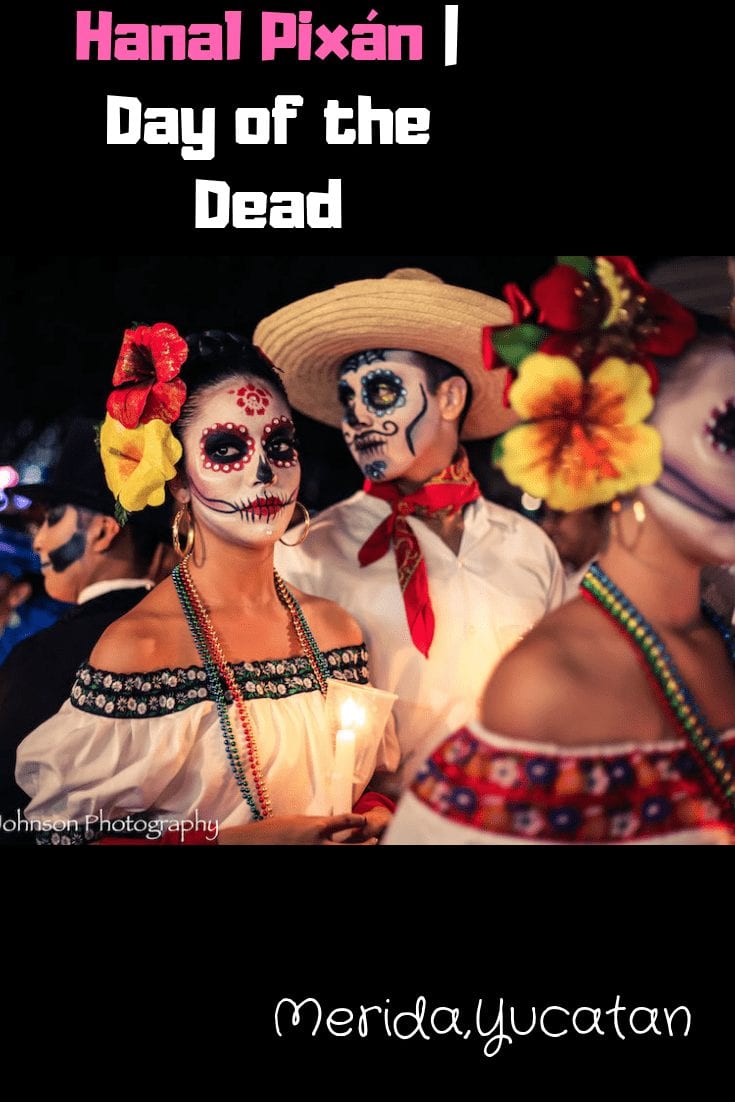
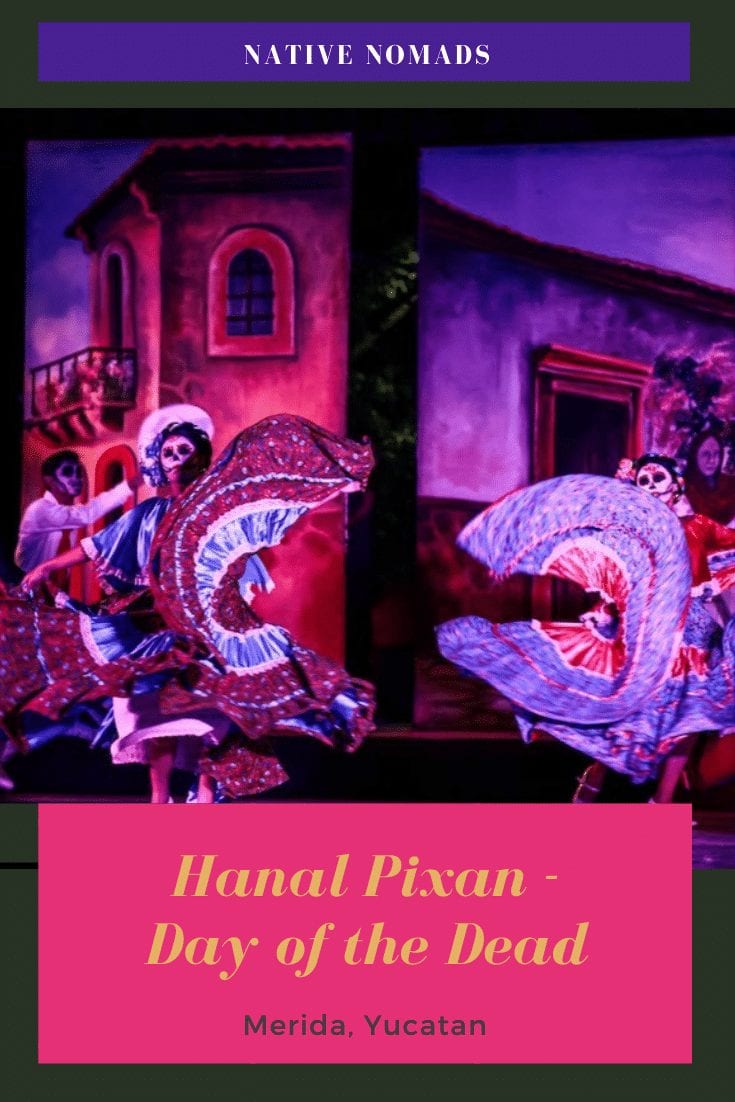









beatae pariatur ut non consequatur voluptas placeat est. facere facere iure nemo asperiores ipsam id sit ut quae doloremque nam quisquam repudiandae ut dolores ea assumenda qui rerum. nesciunt possimus tempora qui aliquid laboriosam et facere quia deleniti provident rem quia quis distinctio. vero rerum quisquam quasi fugiat odio.
Ils offrent un bonus de bienvenue de 100 % pouvant atteindre 500 €, accompagné de 200
free spins.